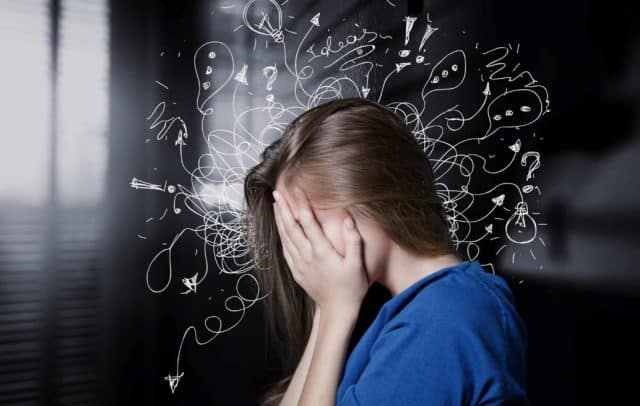There are many types of depressive disorders that children can experience, including major depressive disorder, disruptive mood dysregulation disorder, and more. Symptoms such as loss of enjoyment of hobbies and changes in eating and sleeping patterns characterize most depressive disorders. Fortunately, depressive disorders in younger people may be treated or managed with the help of a medical professional who specializes in diagnosing depression in children and teens.
How Are Diagnostic Criteria Useful?
Diagnostic criteria refer to a group of symptoms that help medical professionals determine whether or not a patient is expressing symptoms of a health condition. These are useful when deciding on a treatment plan. Treatments for depressive disorders can include various types of therapy, medication, or a combination of the two. Furthermore, diagnostic criteria are helpful for children and teens because the different measures are specific to age groups. (1)
Different Criteria Used
No single patient is the same, so using many general criteria is helpful when narrowing down a patient’s diagnosis. A child or teen with a depressive disorder may have some or all of the following symptoms.
A Longer Length of Time Experiencing Distress
Often, people will feel sad for a while after an upsetting life event. Doing so is common, and this does not necessarily mean a person is experiencing a depressive disorder. However, experiencing sadness that disrupts daily life for two or more weeks may indicate some depressive disorders in younger people and adults. There are types of depression that have individuals experiencing low mood and disinterest in previous hobbies or activities for periods greater than two weeks.
Trouble Performing Daily Tasks
In addition to the length of time that a patient experiences symptoms, the severity of symptoms is another diagnostic criterion for depressive disorders. A benchmark commonly used by professionals is how difficult it is for a person to complete daily tasks like schoolwork and age-appropriate household chores.
Acting Out or Displaying Irritability
Sometimes, a depressive disorder may be misdiagnosed as a behavioral issue since symptoms can align. If a child begins displaying irritability or acts out inexplicably, they may need to see a professional specializing in depressive disorders.
Exhibiting Suicidal Thoughts or Behavior
Children and teens who exhibit suicidal thoughts or behavior need immediate medical attention, as this constitutes an emergency. Not everyone with a depressive disorder has these thoughts or behaviors, but they are something to watch out for alongside other changes in demeanor.
How To Assist a Child
If you believe that a child or teenager you know might have a depressive disorder, you may wonder what you can do to help. Whether you are the parent, guardian, or educator of the child, consider seeking the help of a mental health professional who distributes the (CDI 2) Children’s Depression Inventory, Second Edition, a research-based inventory that helps diagnose depressive disorders in children. Check out WPS and discover more ways to assess and diagnose children for depression and other conditions. (2)

Speaks from heart, always too passionate and driven by emotions. Spins the words with kindness & sharpness, intriguing your ever-inscrutable minds.




